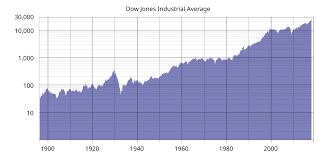Chris Larsen: The Visionary Behind Cryptocurrency Revolution

Introduction
Chris Larsen, co-founder of Ripple Labs, has emerged as a significant player in the cryptocurrency and blockchain landscape. With an extensive background in technology and finance, Larsen’s vision has not only led to the development of innovative solutions for cross-border payments but has also sparked discussions about the future of digital currency on a global scale. His efforts in promoting cryptocurrency relevance and usability are crucial as financial sectors worldwide adapt to digital transformations.
Contributions to Cryptocurrency
Chris Larsen played a pivotal role in the establishment of Ripple in 2012, aiming to revolutionize financial transactions by enabling faster and more cost-effective cross-border payments through blockchain technology. The Ripple network operates using the XRP cryptocurrency, which serves as a bridge currency for international transfers. With recent updates, Ripple has been focusing on establishing partnerships with various financial institutions, further advancing the global adoption of its technology.
Under Larsen’s leadership, Ripple secured significant investments, enabling it to scale its operations and expand its influence. With a market capitalization that often places XRP among the top cryptocurrencies, Larsen’s strategic planning and visionary outlook have been instrumental in steering Ripple’s success. Furthermore, his support for regulatory clarity in the cryptocurrency space highlights his commitment to fostering a sustainable environment for digital assets.
Recent Events
In the last few months, Chris Larsen has been at the forefront of dialogues around regulatory frameworks for cryptocurrencies. Amidst warnings from governments about the potential risks of digital assets, Larsen advocates for balanced regulations that protect consumers without stifling innovation. Recent statements made by Larsen emphasize the importance of building trust in blockchain technology, urging regulators to engage with industry leaders to craft informed policies.
Additionally, Larsen announced new initiatives aimed at improving environmental sustainability in the cryptocurrency sector, reflecting the growing concerns over the carbon footprint of digital currencies. His push for energy-efficient consensus mechanisms and eco-friendly applications has garnered attention and might encourage further innovations in this field.
Conclusion
As Chris Larsen continues to influence the cryptocurrency landscape, his dual focus on technological innovation and regulatory engagement positions him as a key figure in shaping the future of finance. The impact of his work extends beyond just Ripple and XRP, as it inspires broader conversations about digital currency adoption, environmental responsibility, and the regulatory environment surrounding emerging technologies. For readers, keeping an eye on Larsen’s endeavors may provide insights into the evolving dynamics of the cryptocurrency market and its potential to redefine traditional banking practices.









